Let’s explore the potential for Apple to implement larger sensors in future iPhone models, a move that could significantly enhance the camera’s capabilities for professional content creators and filmmakers. While recent iPhone iterations have introduced minor improvements, larger sensors would dramatically improve image quality, low-light performance, and dynamic range—features crucial for professional-grade filmmaking. Drawing on scientific studies, industry trends, and competition from brands like Samsung and Sony, this article discusses the technical challenges and potential benefits of a larger-sensor iPhone. The article also highlights Apple’s opportunity to maintain its leadership in mobile photography and videography.
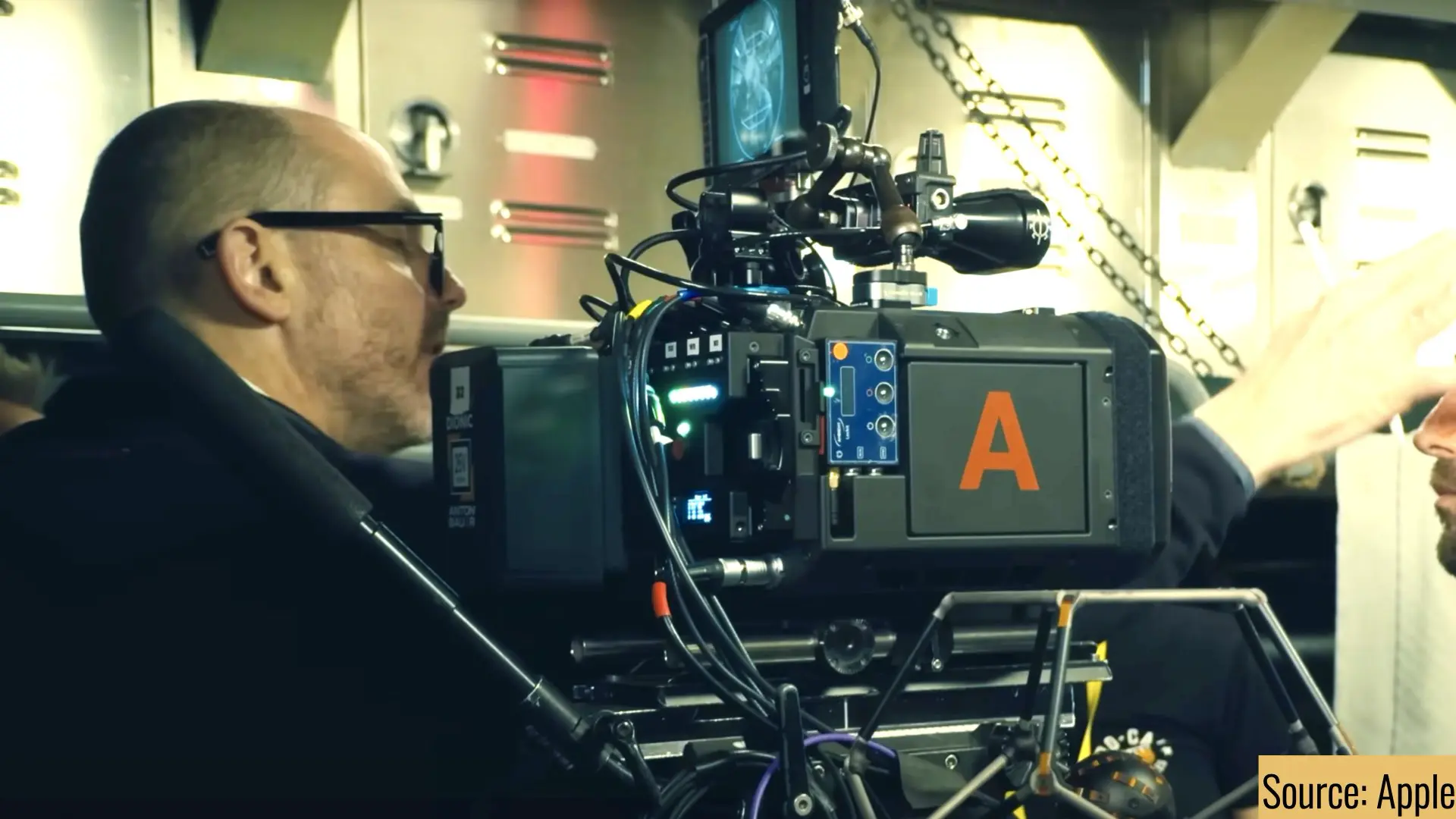
Introduction
The evolution of smartphone cameras has been remarkable, with the Apple iPhone often leading the charge. However, while the latest iPhone models continue to make incremental improvements, the advancements have not been revolutionary, especially when considering the needs of professional content creators and filmmakers. For Apple to remain a dominant force in mobile photography, the next big leap could be a substantial one—implementing larger sensors. Larger sensors would improve image quality significantly, positioning the iPhone as a serious tool for filmmakers.
Sensor size and image quality
The size of a camera sensor directly impacts image quality. Larger sensors can capture more light, resulting in better image clarity, improved dynamic range, and enhanced low-light performance. Scientific studies, such as those in the Journal of Imaging Science and Technology and other sources, have confirmed the critical role that sensor size plays in capturing superior images. In particular, larger sensors allow for a greater number of photons to hit each pixel, which is crucial in low-light situations, where smaller sensors tend to struggle with noise and grain. Research shows that sensor size impacts not only light sensitivity but also the perception of depth and sharpness in the resulting image. These qualities are vital for professional-grade filmmaking. However, some brave filmmakers utilize the small sensor of the iPhone to shoot professional content, as seen in Apple’s push toward cinematic content, including the use of iPhones in major movie productions. A study published by Optics Express indicates that sensor size also influences the depth of field, an important aspect in portraiture and filmmaking where bokeh (blurred background effect) is desired. Larger sensors provide a shallower depth-of-field naturally, which creates aesthetically pleasing background separation without relying on computational photography techniques like Apple’s software-driven “Portrait Mode.” For true professionals, relying on hardware rather than post-processing or AI is preferable.
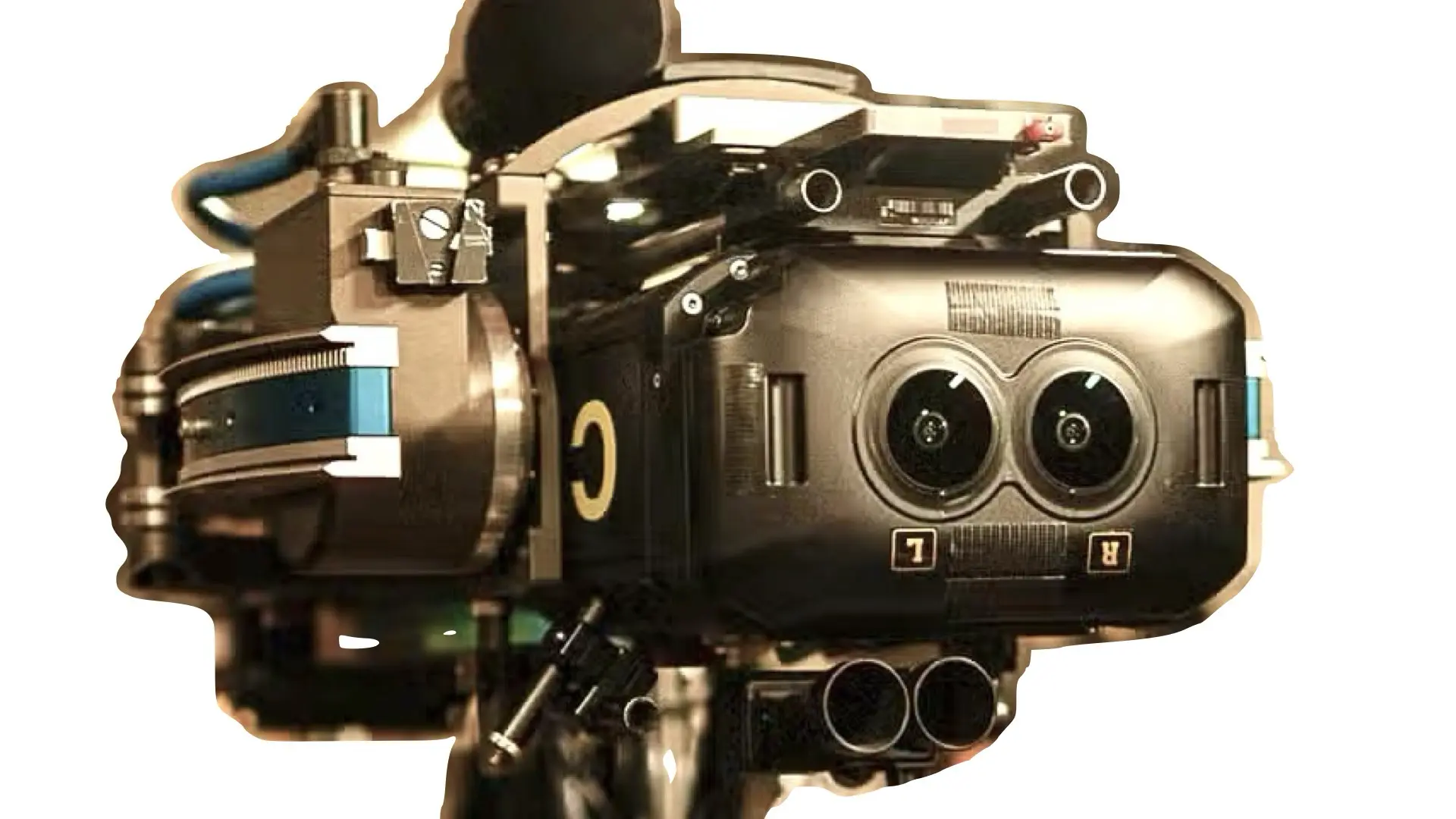
Why Apple’s current camera sensors fall short
While Apple has marketed its iPhones as capable of producing cinema-quality content, even advertising that movies like the $75 million blockbuster have been shot entirely on an iPhone, the actual hardware hasn’t changed significantly in recent years. While software improvements such as the introduction of ProRes video recording, and cinematic mode have added value, they cannot overcome the inherent limitations of small sensors. Smaller sensors, such as those used in iPhones, capture less light, resulting in poorer performance in challenging lighting conditions. This limitation becomes even more apparent in low-light filmmaking, where grainy footage and lack of detail can detract from the cinematic experience. A larger sensor would enhance the iPhone’s performance in such scenarios, offering improved clarity, better noise reduction, and greater dynamic range.

A comprehensive study in Applied Optics supports the notion that larger sensors result in sharper, higher-quality images with greater color accuracy. For filmmakers and content creators who need to capture detailed, high-quality footage, this distinction can make or break a project. The iPhone 15 Pro’s current sensor, though impressive for a smartphone, still pales in comparison to what could be achieved with a larger sensor.
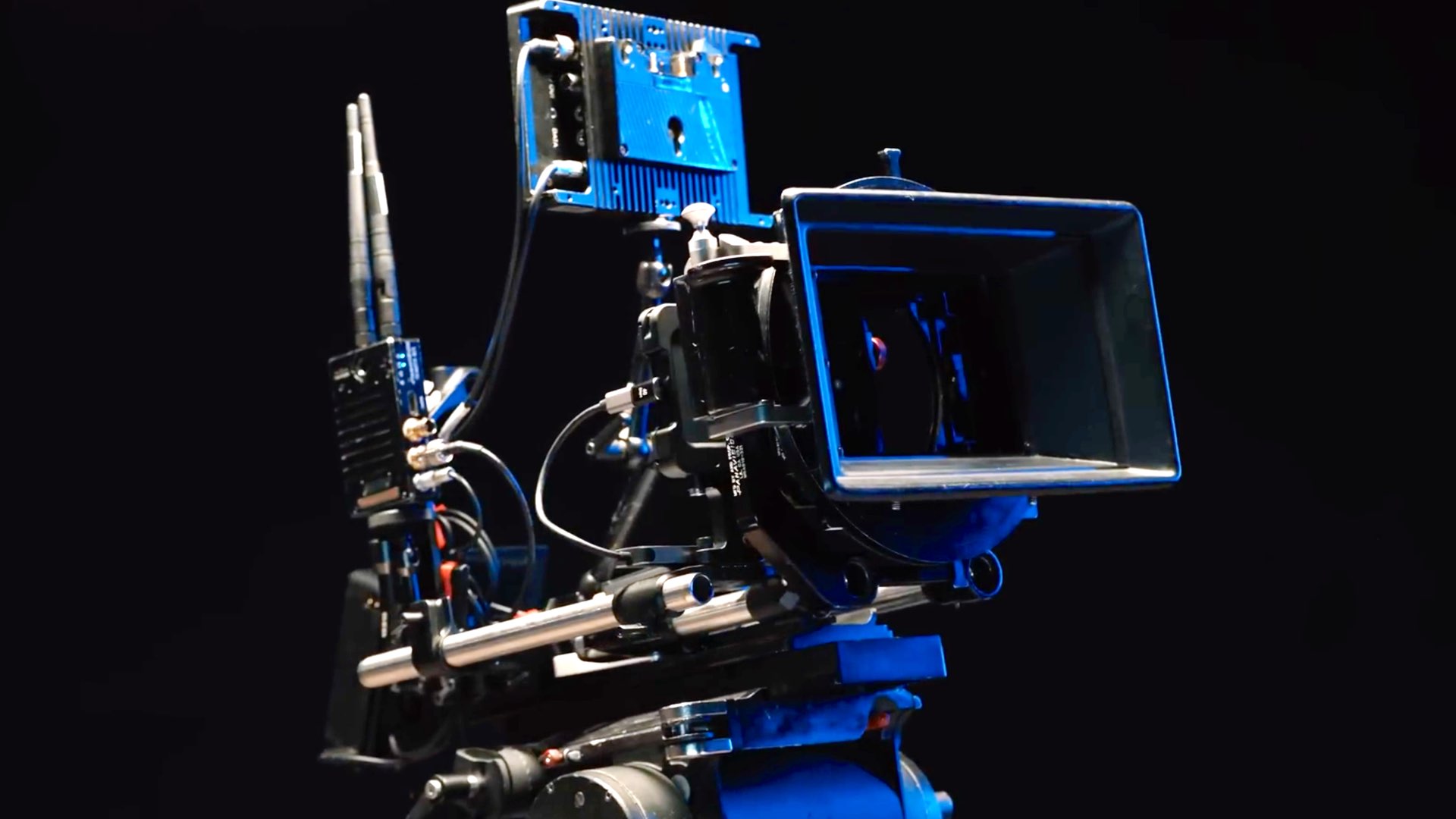
Larger sensor for the Pros
Professional content creators and filmmakers demand much more from their equipment than casual users. While the convenience of shooting on a smartphone has opened new avenues for mobile filmmaking, the iPhone’s current sensor size limits its potential. Larger sensors offer advantages that are particularly critical for video production, as seen in devices like the RED Monstro, which uses a significantly larger sensor to capture unparalleled detail and dynamic range. In research published in IEEE Transactions on Image Processing, scientists explored the limitations of small sensors in mobile photography, citing that while computational techniques can compensate for some deficiencies, they cannot replicate the capabilities of larger sensors. For instance, dynamic range—the ability of a camera to capture both the brightest and darkest parts of an image—greatly improves with larger sensors, which have a higher bit-depth and more dynamic range to pull from.
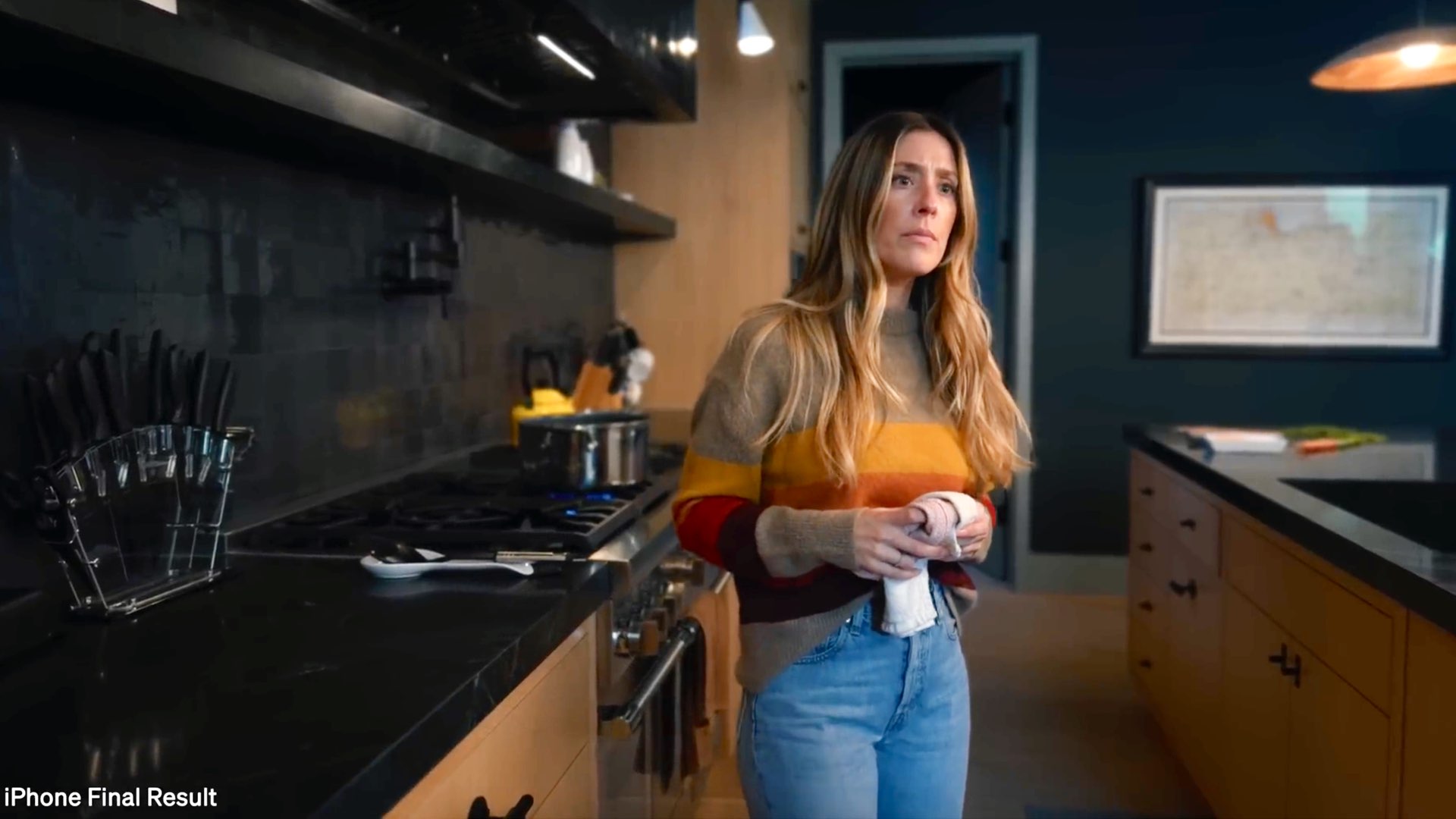

This is crucial in filmmaking, where lighting conditions can vary greatly. Furthermore, large sensors enhance the aesthetic qualities of the footage. According to a study from Digital Photography Review, larger sensors naturally produce a more cinematic look, with richer textures and more depth in shots. This is something that smaller smartphone sensors simply cannot replicate, regardless of how advanced the image processing software is.
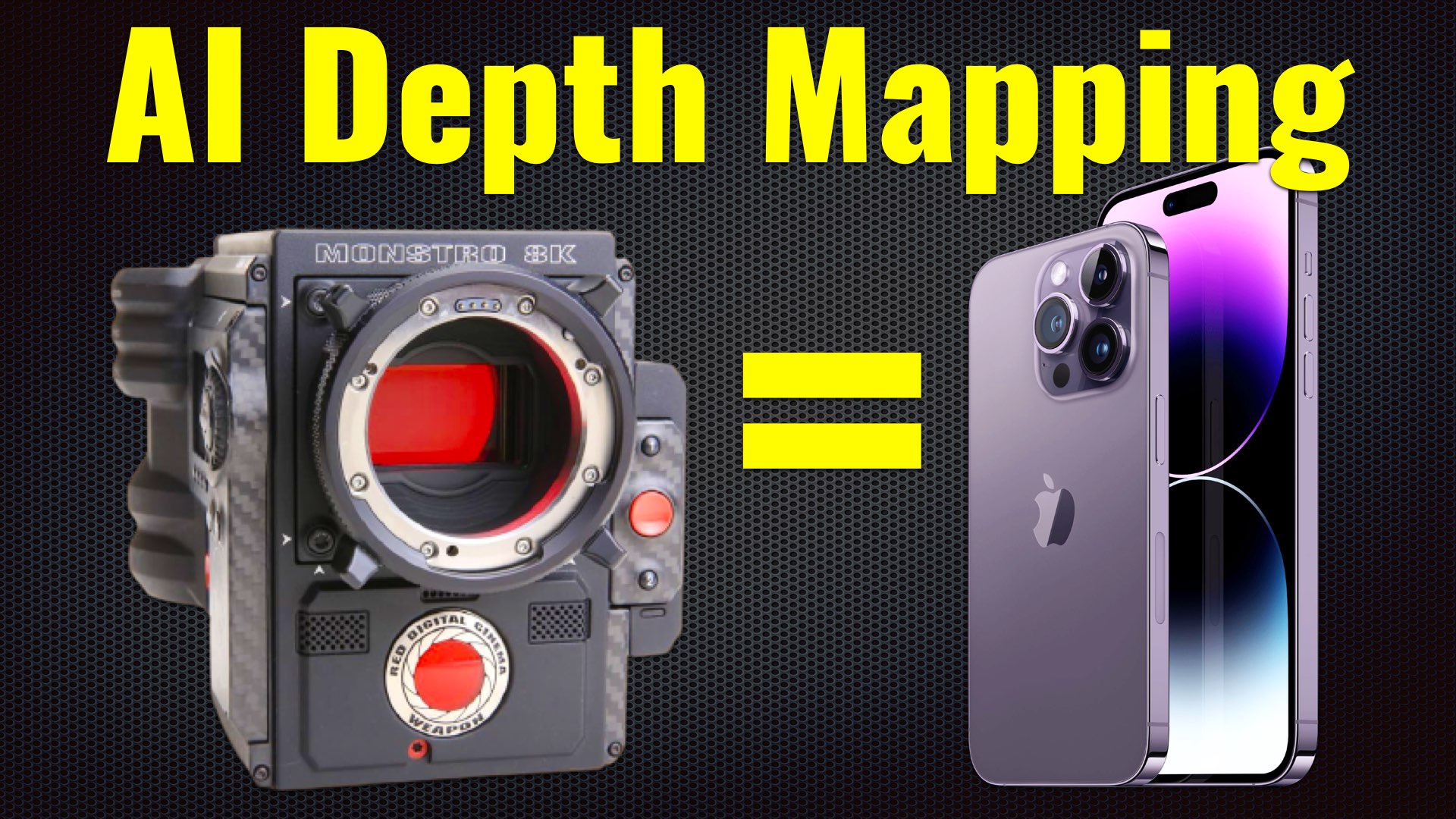
Competition and the pressure on Apple
Apple’s competitors have recognized the need for larger sensors and are making strides in that direction. Samsung’s recent advancements focus on strengthening sub-camera sensors for better video shooting, while Sony has stated that full-frame sensors may not be feasible for smartphones. However, mid-range sensor sizes, such as Micro Four Thirds, are likely the future for high-end smartphone cameras. This trend aligns with market demand for more professional features in smartphones. A study from the Consumer Technology Association revealed that over 70% of smartphone users rank camera quality as the most important feature when purchasing a phone. With mobile content creation on the rise, Apple may find itself forced to meet these demands by implementing larger sensors or risk losing market share to brands like Samsung and Sony.
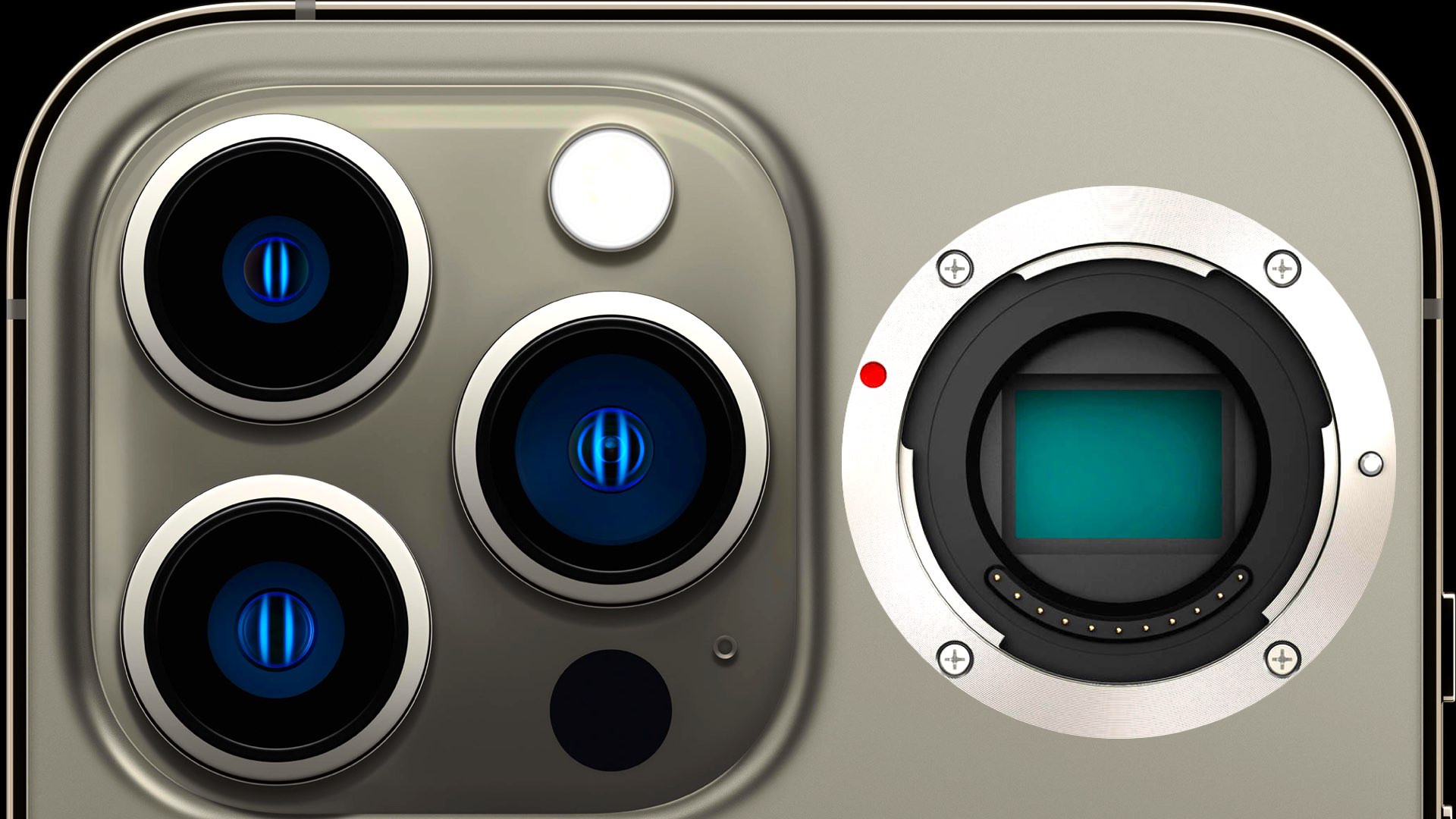
The Challenges for Apple
There are significant technical challenges involved in adding larger sensors to iPhones. For one, larger sensors typically require larger camera modules, which could affect the sleek, compact design of the iPhone. Apple is known for its emphasis on aesthetics and user experience, so designing a device that maintains the iconic iPhone look while housing a larger sensor could be difficult. Additionally, larger sensors generate more heat, which could lead to thermal management issues. Battery life might also take a hit, as larger sensors require more power to operate. These are significant hurdles that Apple must overcome if they are to introduce a large-sensor iPhone. However, Apple has a history of overcoming technical limitations. The introduction of custom silicon chips in their devices, along with innovations in cooling and design, could allow Apple to manage the power and heat issues associated with larger sensors without compromising on the user experience.
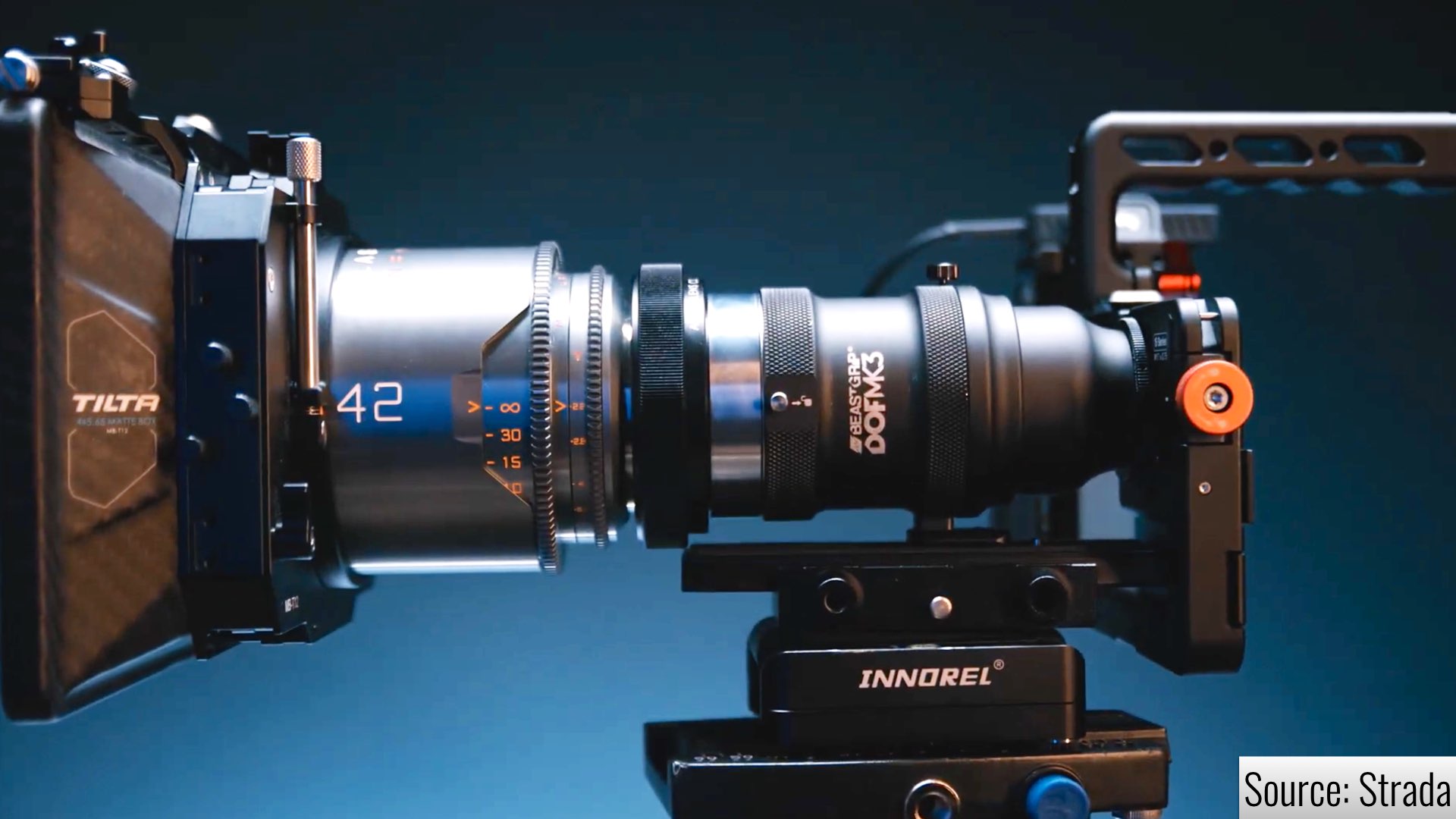
Large-Sensor iPhone: When?
In conclusion, while Apple has made significant strides in mobile filmmaking, the next big step could come from incorporating larger sensors into their devices. The science clearly shows that larger sensors offer substantial improvements in image quality, dynamic range, and low-light performance—features that are critical for professional content creators and filmmakers. With competition heating up from brands like Samsung and Sony, Apple may need to take this leap to maintain its position at the forefront of mobile photography and videography. The question remains: will Apple embrace this technology in its next iPhone? While nothing has been confirmed, the demand is clear, and the company’s history suggests they could make it happen (We hope…).
A Tribute to Y.M.CINEMA 65: Honoring the Legacy of Cinema
As we look to the future of filmmaking, it’s essential to honor the tools that shaped the industry. The Y.M.CINEMA 65, a stainless-steel model inspired by the iconic 65mm cinema camera, serves as a tribute to the golden age of filmmaking. Display this elegant piece in your creative space to remind yourself of the craftsmanship behind every shot, whether you’re using the latest iPhone or a professional camera. Visit Y.M.CINEMA 65 to learn more.

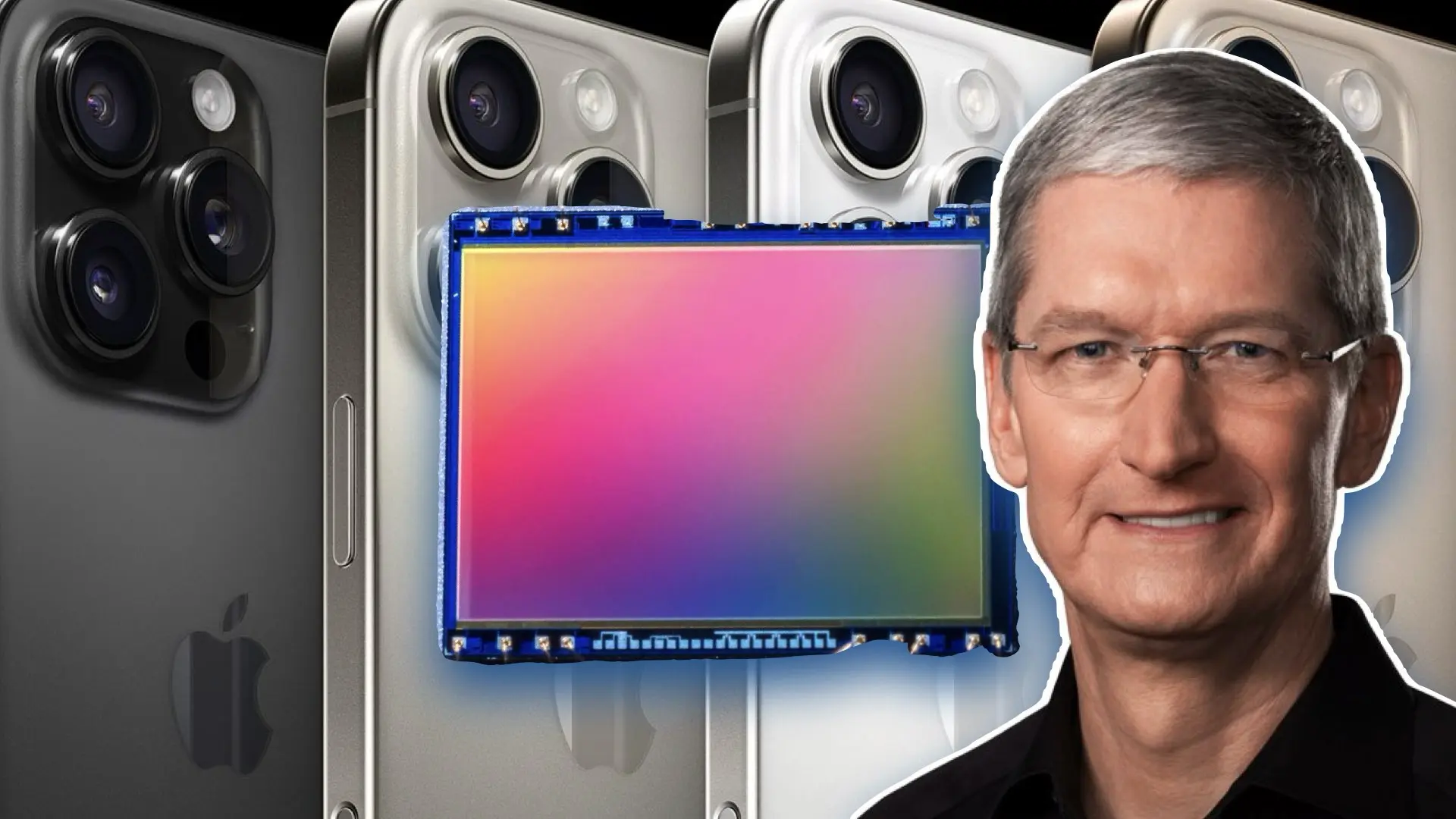
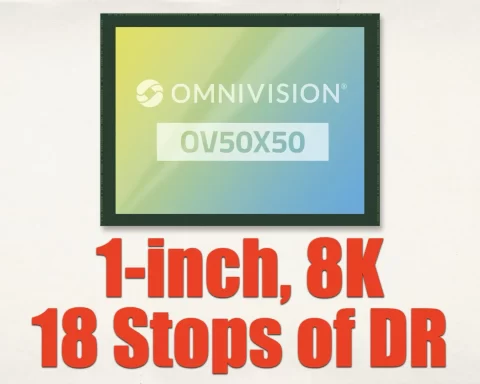
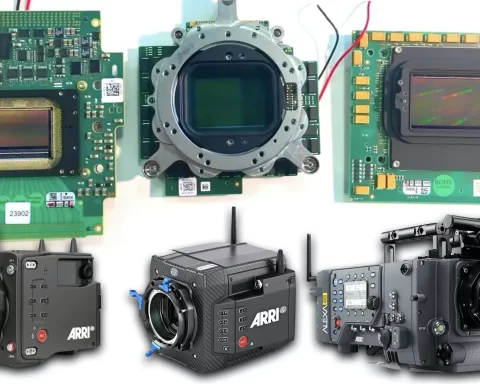
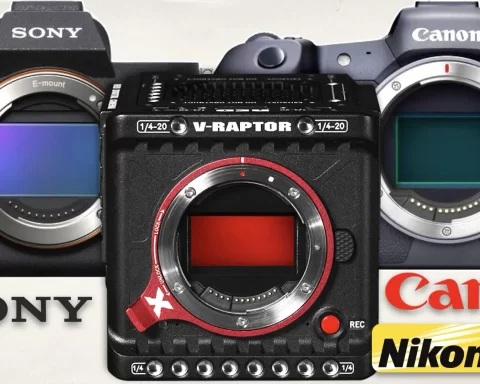
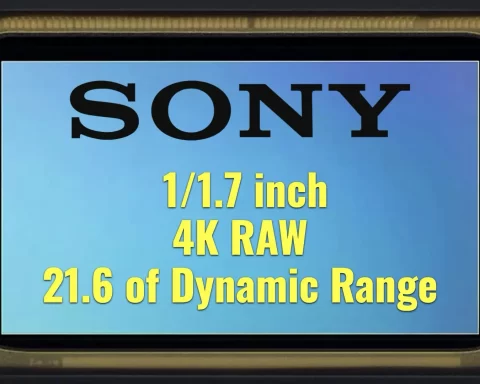
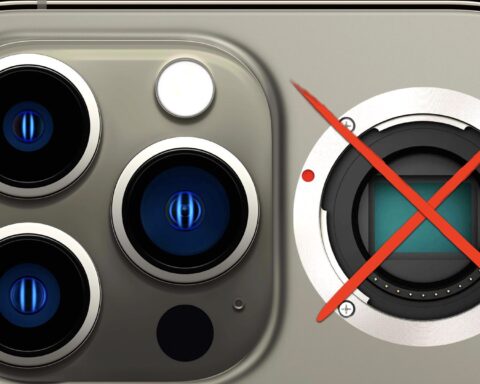
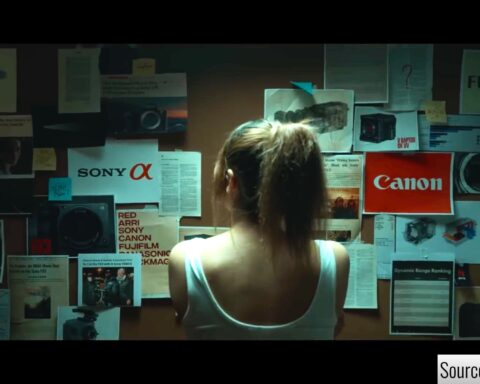


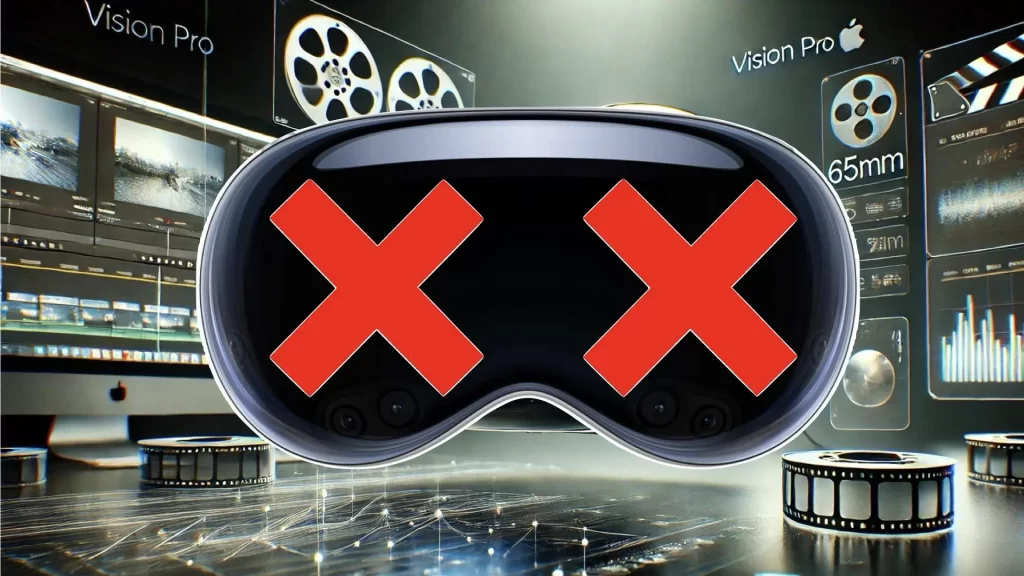
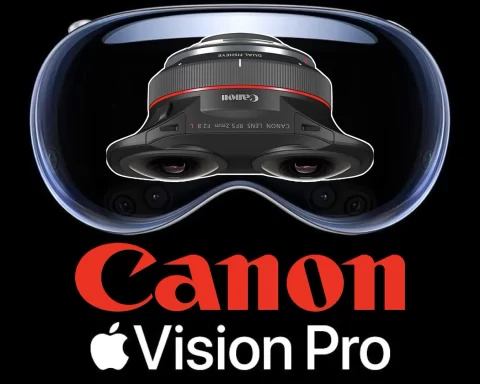
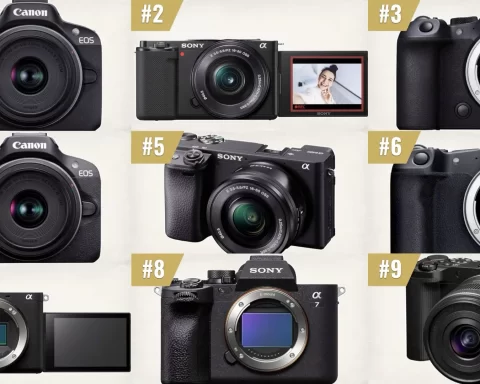
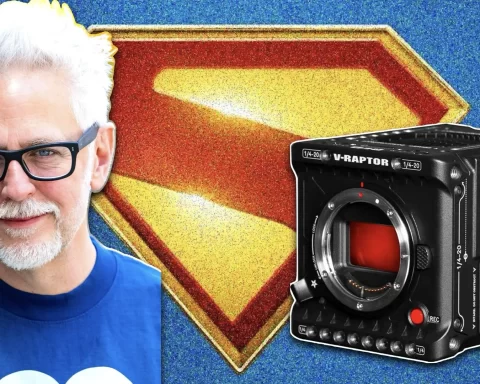

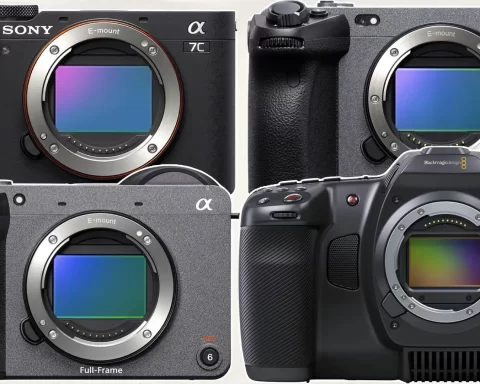
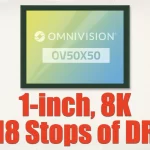
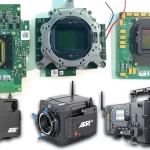
IF iPhones will have interchangeable lens capabilities, Infinity Photo-Optical stands ready. One look here tells the story;
http://www.ts-160system.com